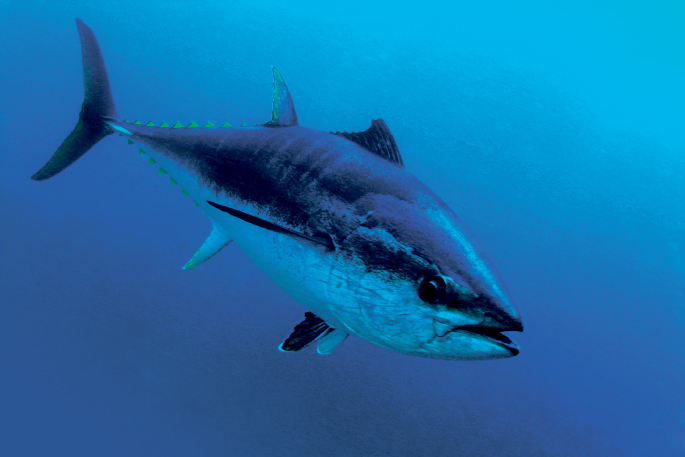The new rule, which was announced by FNZ on April 18, now applies to all amateur fishers in New Zealand fisheries waters.
Southern bluefin tuna is a high value species, currently subject to a regional rebuilding plan under the Commission for the Conservation of Southern Bluefin Tuna, which internationally manages the specie and sets global total allowable catch rates in three-year blocks to individual member countries, using a management procedure.
All countries have a binding obligation to manage their catch of southern bluefin tuna within their national allocation and the rules of CCSBT regarding under and over catch.
According to the 2018 FNZ discussion document, the most recent stock assessment suggests the stock is at 13 per cent of the initial spawning stock biomass, which is below the level able to produce the maximum sustainable yield.
The discussion document also states for the three-year block from 2018 to 2020, the CCSBT raised the global total allowable catch by 3000 tonnes, to 17,647 tonnes per annum. As a result, NZ’s national allocation increased by 88 tonnes, to 1088 tonnes per annum.
And previously, NZ’s recreational catch for southern bluefin tuna was typically low, with no catch reported in 2014, then 1.1 tonnes reported in 2015, and 1.4 tonnes reported in 2016. This formed the basis of FNZ’s decision to increase the recreational allowance from eight to 20 tonnes.
“However, in 2017, this increased substantially to an estimated level of 24.3 tonnes. Social media posts, good catch rates, and favourable weather conditions attracted hundreds of anglers to the Eastern Bay of Plenty to target these fish,” according to the 2018 FNZ discussion document.
FNZ funded a research project in 2018 aimed at estimating southern bluefin tuna recreational catch. This included a boat ramp survey at Waihau Bay/East Cape, with other information collected from a variety of sources including sport fishing club records, authorised recreational take from commercial vessels, amateur charter vessel reporting, and anecdotal reports. The results were used to inform the development of the options proposed in the decision document.
The project resulted in an estimate of 15 tonnes of southern bluefin tuna landed by recreational fishers in 2018. Between June 23 and August 5, 2018 – the survey period – 676 recorded recreational vessels, with an estimated 1856 fishers on board, launched and targeted southern bluefin tuna from the Waihau Bay boat ramp. “This is a significant level of effort that has the potential for high levels of catch if combined with fish availability,” according to the discussion document.
“Although Waihau Bay is where a significant proportion of effort occurs in this fishery, this is not the only place where effort is taking place. Other areas include Fiordland, Gisborne, Northland, Mahia, and other locations around East Cape. Survey data was not directly collected from these secondary locations but catches from these regions were estimated and are included in the overall estimate of recreational catch.”
Acting director of fisheries management Steve Halley says NZ is a founding member of the CCSBT this is the first time a catch limit has been put in place for the recreational southern bluefin tuna fishery and reflects the need to carefully manage the rebuild of this stock.
“Estimates of recreational catch in this fishery have been low in previous years, however, in July 2017 we saw a substantial increase in how much was being caught.”
Steve says following consultation and receiving responses from tangata whenua and submissions from stakeholders, FNZ advised the Minister of Fisheries to introduce a daily limit for the recreational fishery.
“Introducing a bag limit will ensure that NZ continues to meet its international obligations under the CCSBT.
“NZ is a founding member of CCSBT, which regionally manages this highly migratory species and we have an obligation to manage our catch of southern bluefin tuna within our national allocation.
“FNZ will be looking at longer-term measures to manage this fishery, but in the interim, a bag limit will be in place until we understand more about this highly variable developing fishery.”



0 Comments
Leave a Comment